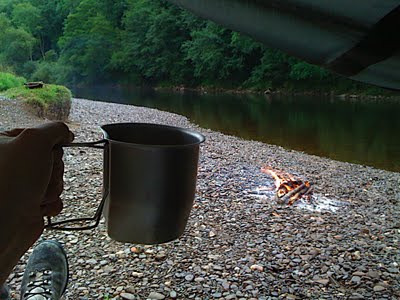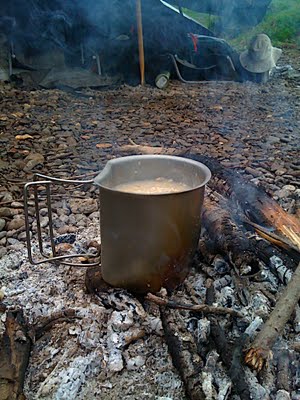Waterwalker
A classic canoe documentary from the early 1980’s, still made available from the Canadian National Film Board:
“This feature-length documentary follows naturalist Bill Mason on his journey by canoe into the Ontario wilderness. The filmmaker and artist begins on Lake Superior, then explores winding and sometimes tortuous river waters to the meadowlands of the river’s source. Along the way, Mason paints scenes that capture his attention and muses about his love of the canoe, his artwork and his own sense of the land. Mason also uses the film as a commentary on the link between God and nature and the vast array of beautiful canvases God created for him to paint. Features breathtaking visuals and exciting whitewater footage, with a musical score by Bruce Cockburn.”
Song Of The Paddle
Also available is Mason’s 1978 film “Song of The Paddle”:
“Join outdoorsman Bill Mason in this short documentary as he and his family go canoe camping in the wilderness. Gain an appreciation for the art of canoeing while watching a small group experience the sheer joy and beauty of Nature. Along the way, the Masons experience countless adventures and some breathtaking scenery, including Indian rock carvings at Lake Superior.”
The Voyageurs
Another fantastic canoeing film available there is the documentary “The Voyageurs” from 1964, covering a subject featured heavily in Ray Mears’s recent series about Canada, “Northern Wilderness”:
“This short film tells the tale of the men who drove big freighter canoes into the wilderness in the days when the fur trade was Canada’s biggest business. The film recreates scenes of the early 19th century with a soundtrack by an all-male chorus.

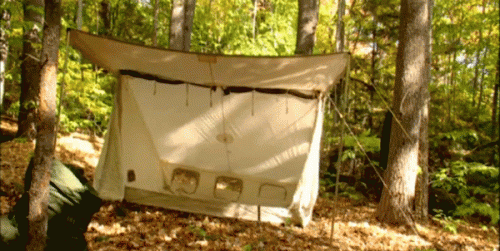
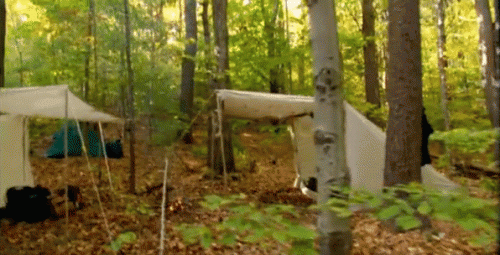

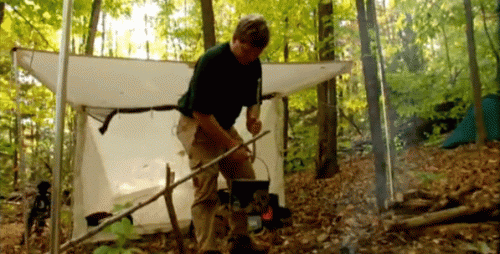
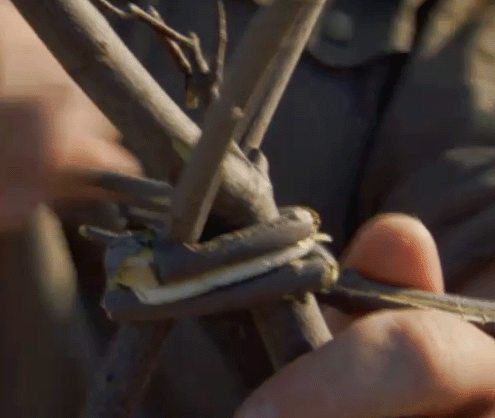

![Reblog this post [with Zemanta]](http://img.zemanta.com/reblog_e.png?x-id=965bf00c-df78-4fe6-ba95-5aa184394042)

![Reblog this post [with Zemanta]](http://img.zemanta.com/reblog_e.png?x-id=e86766be-019f-4dcd-a968-24eeaf44ed3a)
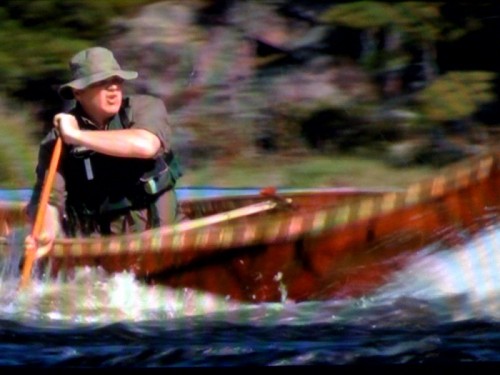
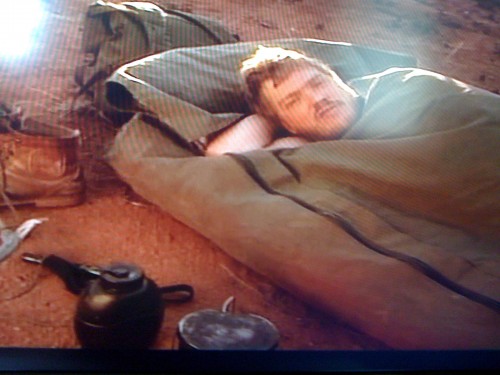
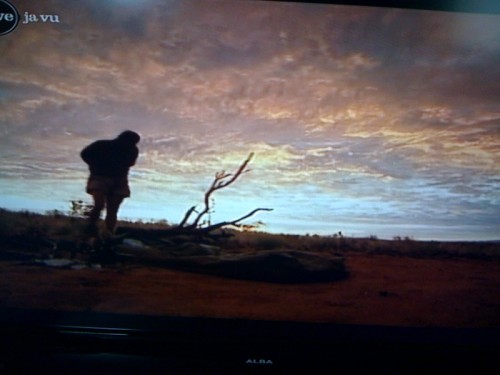
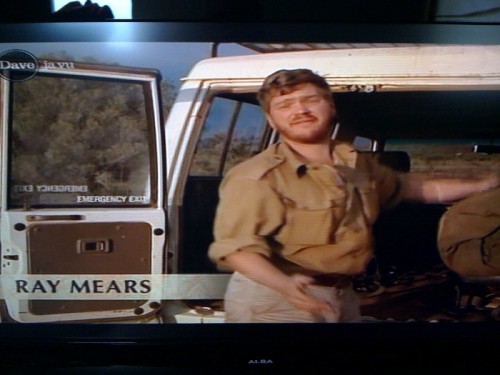
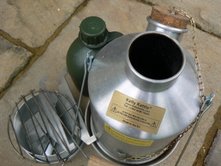
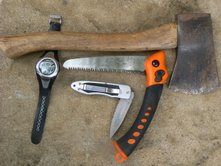
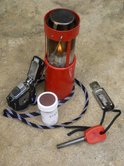
![Reblog this post [with Zemanta]](http://img.zemanta.com/reblog_e.png?x-id=32e63be3-1be6-4397-be7c-6f8db0006413)

